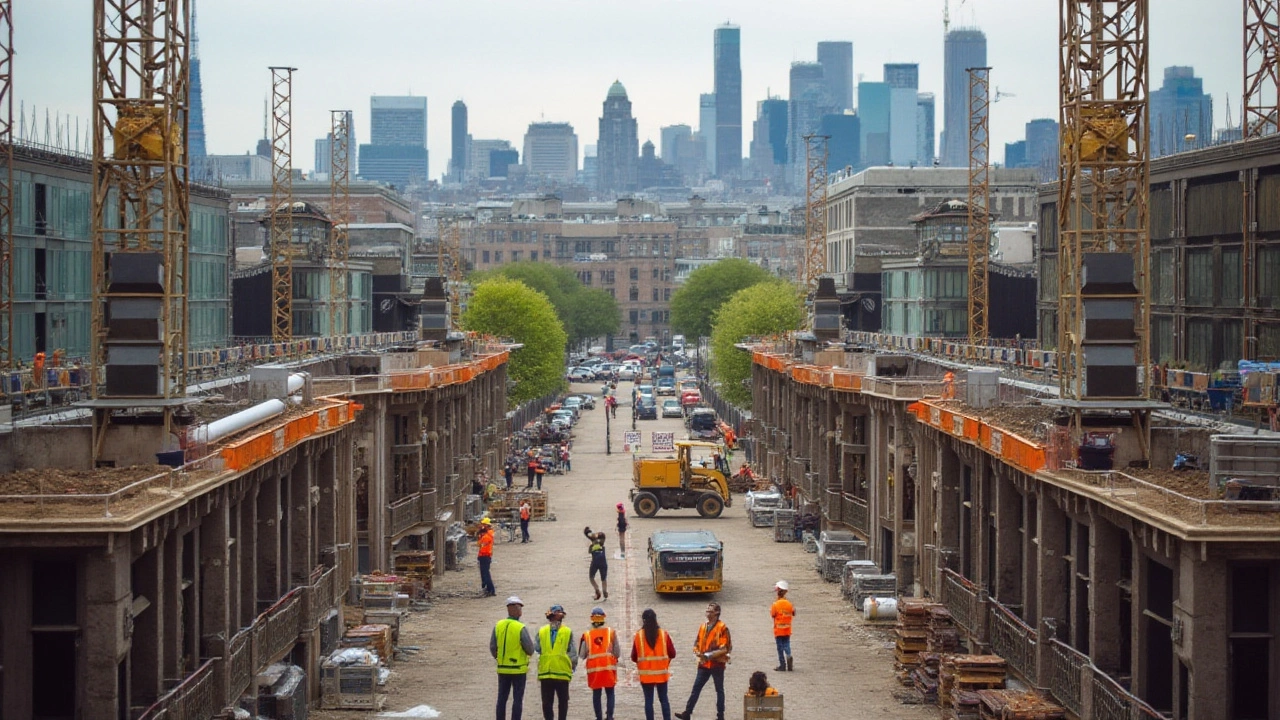Construction Projects: Practical Advice for Every Builder
If you’re staring at a building site or a fresh set of blueprints, the first thing you probably wonder is – how do I keep this project on track? The good news is that most hiccups can be avoided with a solid plan, clear communication, and a few proven habits. Below you’ll find the steps that turn a chaotic build into a smooth, on‑time delivery.
Key Steps to Nail Your Construction Project
Start with a realistic budget. Look at every line item – labour, materials, permits, waste disposal – and add a 10‑15 % buffer for unexpected changes. A budget that feels tight at the start will spare you from scrambling later on.
Next, lock down a detailed scope of work. Write down exactly what’s being built, the quality of finishes, and the timeline for each phase. When everyone reads the same list, there’s less room for “I thought we agreed on something else.”
Choose the right contract type. Fixed‑price contracts give you cost certainty but can hide change‑order fees. Cost‑plus contracts are flexible but need strict monitoring. Pick the one that matches your risk tolerance and the project’s complexity.
Schedule regular site meetings. A 15‑minute huddle each morning lets the foreman flag delays, the electrician confirm power‑schedule, and the client ask quick questions. Consistent check‑ins keep small problems from ballooning.
Finally, track progress with a simple visual tool – a Gantt chart or a wall‑mounted board. Seeing tasks move from “planned” to “in‑progress” to “done” helps you spot bottlenecks early and celebrate milestones.
Common Pitfalls and How to Avoid Them
One of the biggest headaches is under‑estimating site conditions. Before you break ground, get a soil test, check drainage, and verify utility maps. If you discover a hidden pipe or a sloping lot early, you can adjust designs without costly rework.
Another frequent mistake is skipping the permit checklist. Missing a single approval can halt work for weeks. Keep a spreadsheet of every required licence, the issuing body, and the renewal date – treat it like a critical task on your project board.
Communication gaps often lead to change‑orders. Make sure any design tweak is recorded in a written change request, signed by both the client and the contractor. This protects you from surprise price hikes later.
Don’t overlook safety training. A site with proper PPE, clear signage, and daily safety talks reduces accidents and insurance claims. When workers feel safe, productivity climbs.
Lastly, close out the project with a punch‑list walk‑through. Note every minor snag – a loose trim, a paint touch‑up – and assign a deadline. Clearing the punch‑list before final payment ensures the client is happy and you get paid on time.
Construction projects can feel overwhelming, but with a clear budget, a solid scope, regular meetings, and a focus on safety, you’ll stay ahead of the curve. Apply these habits to your next build and watch the stress level drop while the quality rises.

